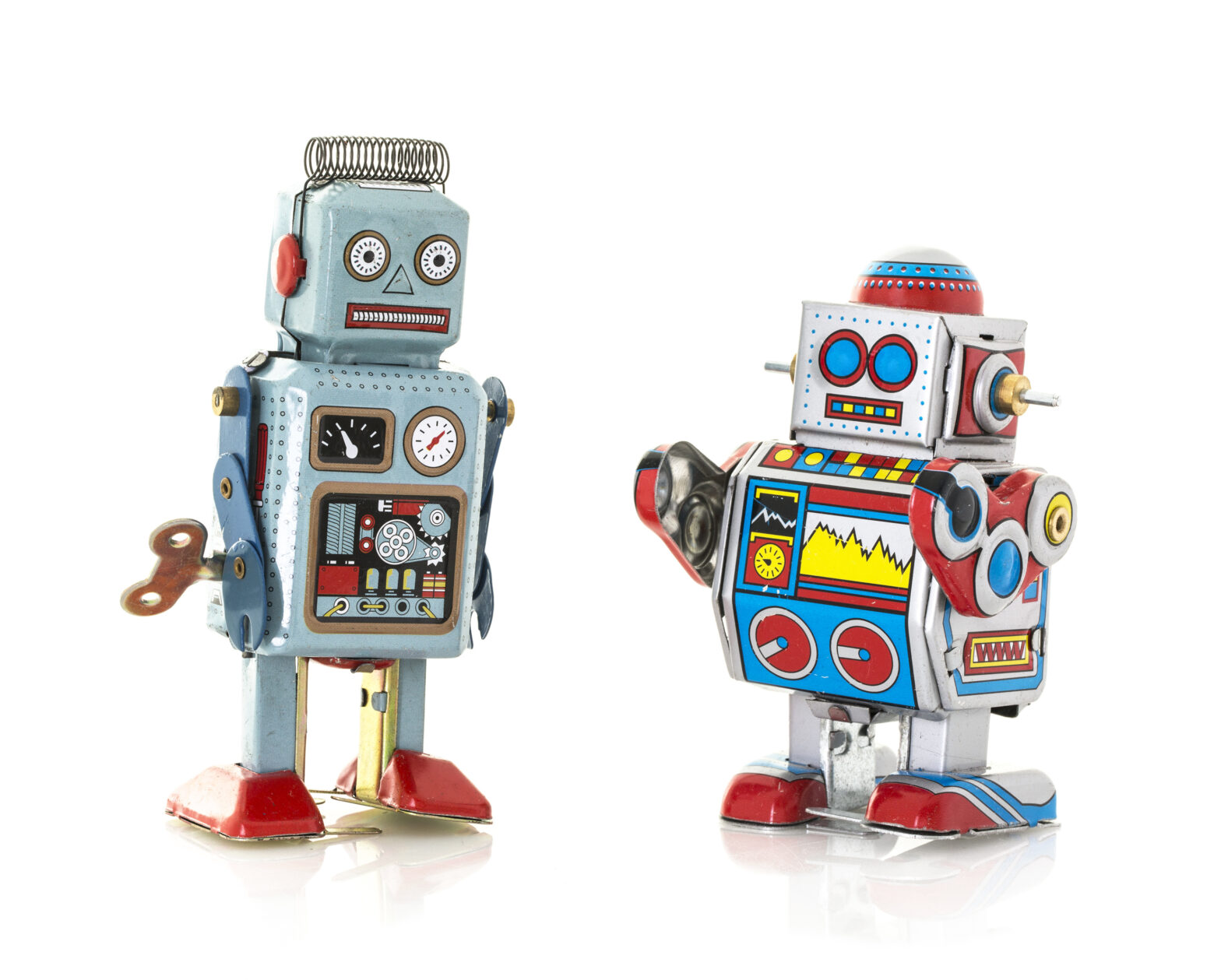Society is currently living through what has become known as the “fourth industrial revolution”. This new digitally-based revolution is shaking up industries at unprecedented levels and it centres around one key theme: robotics.
There is a wave of robotics emerging across all sectors. Machine learning, artificial intelligence (AI) and automation are disrupting the status quo of global business practices and the inevitable question on everyone’s mind is, how long until humans become obsolete in today’s work environment?
>See also: European politicians vote to regulate rise of robots
Although when we hear ‘robot’, our minds tend to jump to Arnold Schwarzenegger’s deadly ‘Terminator’ from the classic 90’s films, a robot is a machine, programmed by a computer, which can carry out a series of actions it has been instructed to do, which encompasses software.
In terms of software, there are three key areas which are becoming more and more prominent which are relieving human employees of hours of mundane work. One step beyond standard one-trick automation, a robotic process automation (RPA) tool has been designed to carry out sets of tasks simultaneously. The most basic RPA tools are able to put large, unstructured data sets into an organised spreadsheet.
Then there’s machine learning, which is when a machine has the ability to act without being explicitly instructed to carry out that function. The machine is given access to data and is able to learn by itself.
Tools such as these can recognise text and, based on it’s database, can determine the best response, chatbots being the classic example. Similarly, artificial intelligence (AI), undoubtedly the most disruptive of the three with the likes of Stephen Hawkins expressing potential doomsday predictions, is when a programme or machine is able to act intelligently and self-learn; Facebook’s face recognition ability is the beginnings of AI.
>See also: The robots are coming: who will come out on top?
However, for all these processes we are only really in the infant stage of adoption. There’s a long way to go and business practices will undoubtedly have to adapt.
There is a reasonable and popular concern that the automation of tasks will result in redundancies and unemployment; a report by PwC has found that 10 million UK workers are at risk of losing their jobs over the next 15 years, however there are huge potential benefits.
Of course, job loss is something we want to avoid, but the tasks being taken by robots are often mundane and time consuming, handing these jobs to a robot, which is likely to do a task faster and with greater accuracy, will certainly help booster productivity levels and will stimulate economic growth.
This leaves more time for humans to do things where there is a greater need for more complex decision making and creativity as well as engaging in more human based tasks. Who wants to be filling out a spread sheet when they could be building client relationships?
As well as this, it’s often overlooked that technology has always been used to alleviate human efforts whilst also making processes faster and more efficient. Robots have been relieving humans of works for centuries and people still find employment elsewhere. It can be argued that this a merely a development in the evolution of the workplace.
>See also: Robots will be running the UK Government, says Chancellor
Having said this, for organisations looking to engage with robotics, preplanning is key. A business needs a proper game plan when taking on a new robot. It’s crucial that any humanitarian issues are addressed before introducing something new and that all stakeholders are on board prior to implementation.
It can also be effective to have an integration/transitional period, so as not to shake up the workforce too much. Similarly, there are not just human issues when it comes to integration. In the modern day work environment, there are often several overlapping and complex IT systems in place.
As new robots are introduced, it’s imperative that they are integrated with legacy systems and work in synchronisation with the processes in place. As time goes by and machine learning and AI progresses, challenges may arise in assimilating various different robots – all with a certain level of self-sufficiency – and making sure there are no conflicts or overlapping in function.
Finally, the robot should be introduced as a new team member, it’s been hired to take the workload off you and do the less exciting stuff. Its purpose, fundamentally, is to enrich work life whilst making the team as a whole more efficient.
Sourced by Tom Kastelein, head of Benelux at Delta Capita and Tom van Els, consultant
The Women in IT Awards is the technology world’s most prominent and influential diversity program. On 22 March 2018, the event will come to the US for the first time, taking place in one of the world’s most prominent business cities: New York. Nominations are now open for the Women in IT USA Awards 2018. Click here to nominate







